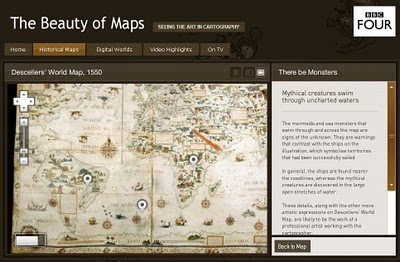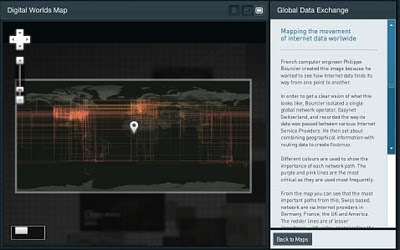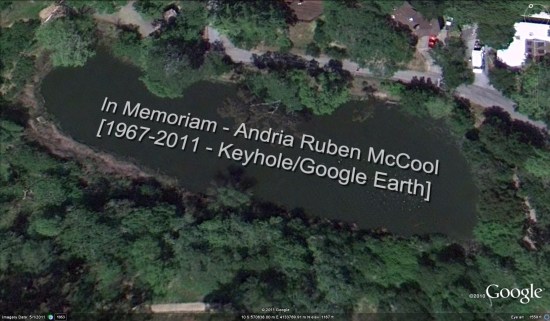This is the last chance you will get to view this series.
According to the new source (below) this will NOT be made available on DVD or BluRay .
“Seeing The Art In Cartography”
An amazing array of interesting cartographic maps spanning centuries of maps that changed the perception of the world we see today.
http://www.bbc.co.uk/bbcfour/beautyofmaps/historical_maps.shtml#/psalter/intro/

http://www.bbc.co.uk/bbcfour/beautyofmaps/historical_maps.shtml#/desceliers/intro/
Clips can be previewed (UK only? iplayer restricts uk only – advise foxyproxy & a uk proxy)
If you use get_iplayer with Tor (Tor, Polipo and Vidalia bundle) even better
*Can be seen on BBC Four in the coming weeks or on the BBC iPlayer
1/4. The story of the Hereford Mappa Mundi, the largest intact Medieval wall map in the world.
Next Monday 19th April, 20:30 BST on BBC Four
Medieval Maps – Mapping the Medieval Mind
http://www.bbc.co.uk/programmes/b00s2w83
Beauty of Maps main page
http://www.bbc.co.uk/bbcfour/beautyofmaps/index.shtml
Also see ‘Animated History of European Mapmaking’
http://www.bbc.co.uk/history/interactive/animations/map_making/index_embed.shtml
Look out for “Windows on the World” [starts Sunday 18 April 2010 21:00 BST BBC4 & HD]
“In a series about the extraordinary stories behind maps, Professor Jerry Brotton uncovers how maps aren’t simply about getting from A to B but are revealing snapshots of defining moments in history and tools of political power and persuasion.”



